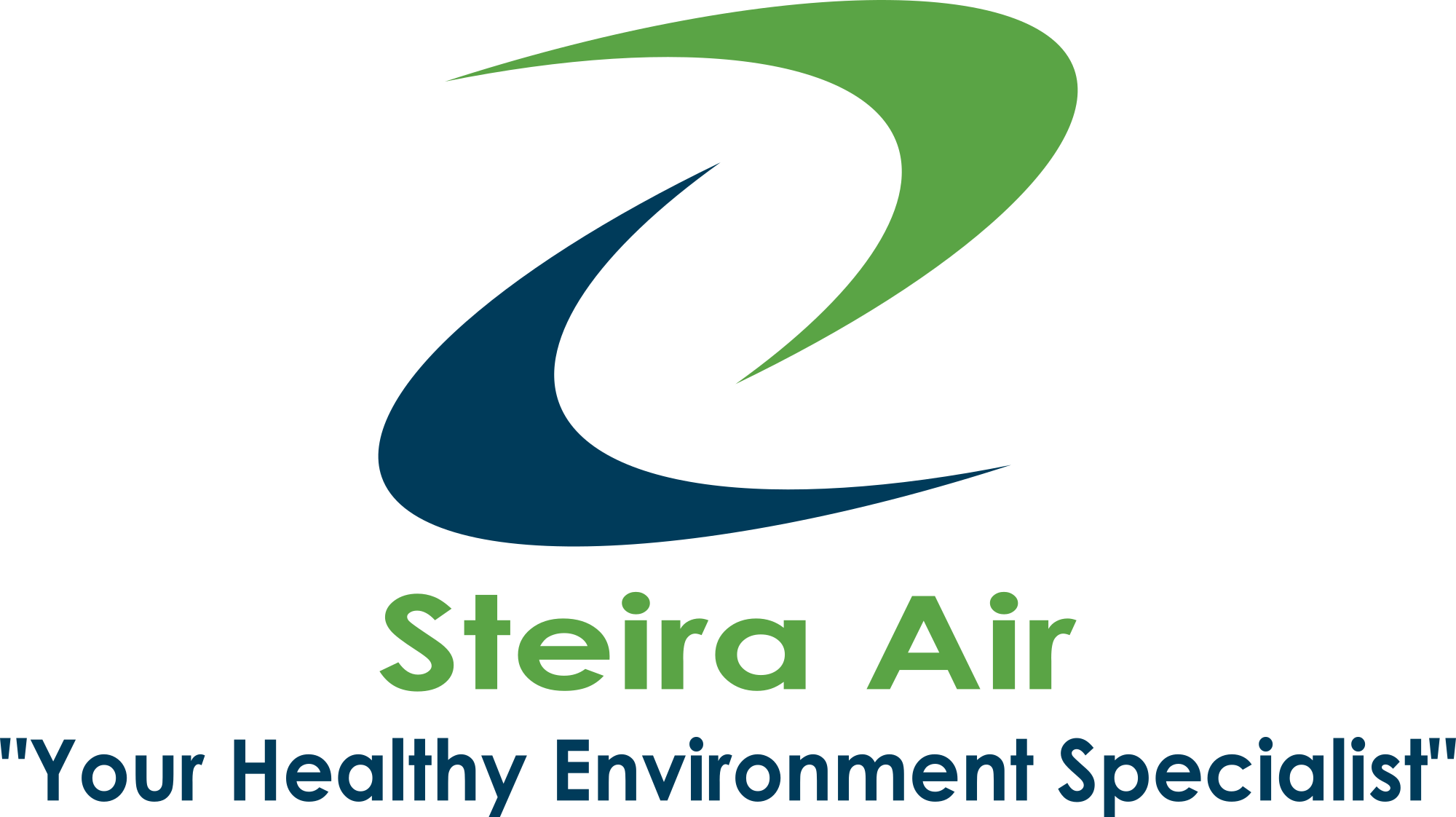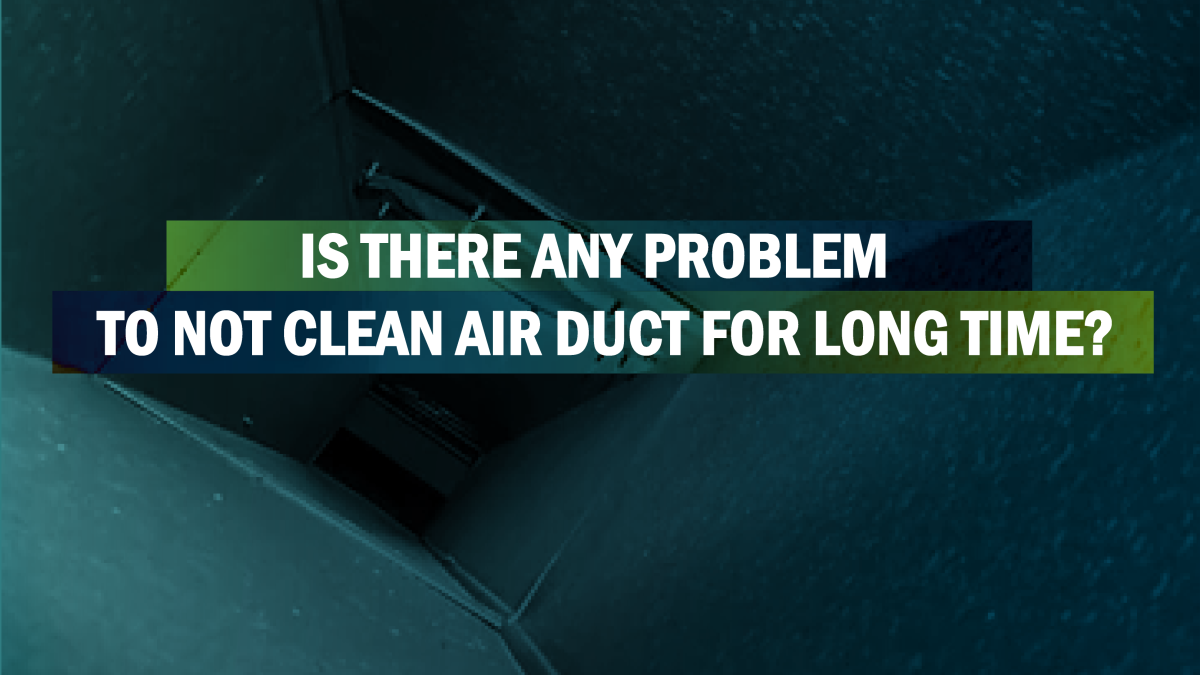Is There Any Problem to Not Clean Air Ducts for a Long Time?

What are the Hacks to Clean Air Ducts by Own
April 8, 2024
Expert Maintenance for Efficient HVAC Systems in Snellville
July 23, 2024Maintaining clean air ducts is crucial for ensuring a healthy and comfortable indoor environment. Yet, many homeowners overlook this essential aspect of HVAC maintenance, often leading to a variety of problems. In this comprehensive blog by Steira Air, we’ll explore the potential issues that arise when air ducts are not cleaned regularly. From understanding the pros and cons of air duct cleaning to recognizing the signs that your air ducts need attention, let’s delve into the importance of maintaining clean and well-functioning air ducts.
The Pros and Cons of Air Duct Cleaning:
Air duct cleaning is a vital aspect of HVAC maintenance that involves removing dust, debris, and other contaminants from the ductwork. While it offers numerous benefits, there are also potential drawbacks to consider. Let’s explore the pros and cons of air duct cleaning:
Pros:
Improved Indoor Air Quality: One of the primary benefits of air duct cleaning is the improvement of indoor air quality. Removing dust, allergens, and other pollutants from the ductwork helps create a healthier living environment, especially for individuals with respiratory issues or allergies.
Enhanced HVAC Efficiency: Clean air ducts facilitate better airflow throughout the HVAC system, allowing it to operate more efficiently. Improved airflow reduces strain on the system, leading to lower energy consumption and decreased utility bills.
Reduction of Allergen Exposure: Air duct cleaning can significantly reduce the presence of allergens such as dust mites, pollen, and pet dander in the home. By removing these allergens from the ductwork, occupants may experience fewer allergy symptoms and enjoy greater comfort.
Elimination of Foul Odors: Over time, dust, mold, and bacteria can accumulate in air ducts, leading to unpleasant odors emanating from the vents. Cleaning the ductwork removes these sources of odor, leaving the indoor environment smelling fresh and clean.
Extended Lifespan of HVAC Equipment: Regular air duct cleaning can help prolong the lifespan of HVAC equipment by reducing wear and tear caused by dust buildup. By maintaining clean ducts, homeowners can potentially avoid costly repairs or premature system replacements.
Cons:
Cost: One of the main drawbacks of air duct cleaning is the associated cost. Depending on the size of the home and the extent of cleaning required, professional air duct cleaning services can be relatively expensive.
Disruption: The cleaning process may cause temporary disruption to daily activities, particularly for occupants who are sensitive to dust or allergens. Additionally, homeowners may need to temporarily relocate pets or valuables to avoid contamination.
Potential Damage: Inexperienced or unqualified cleaners may inadvertently damage air ducts or HVAC components during the cleaning process. This can lead to leaks, cracks, or other issues that require costly repairs.
Limited Effectiveness: In some cases, air duct cleaning may not produce significant improvements in indoor air quality, especially if other factors such as poor ventilation or high humidity levels are not addressed. Additionally, if the ductwork is not properly sealed after cleaning, contaminants may quickly re-enter the system.
Risk of Scams: Unfortunately, the air duct cleaning industry is rife with scams and fraudulent practices. Homeowners should be wary of companies that offer suspiciously low prices or make exaggerated claims about the benefits of their services.
Signs Your Air Ducts Need Cleaning:
Maintaining clean air ducts is essential for ensuring optimal indoor air quality and HVAC system performance. Recognizing the signs that your air ducts need cleaning can help you address potential issues before they escalate. Here are some common signs to look out for:
Visible Dust and Debris: If you notice dust or debris accumulating around air vents or on furniture near the vents, it could indicate that your air ducts are dirty and in need of cleaning. The visible buildup of dust and debris is a clear indication that contaminants are being circulated throughout your home.
Increased Allergy Symptoms: If you or your family members experience an increase in allergy symptoms such as sneezing, coughing, or congestion when indoors, dirty air ducts could be to blame. Dust, pollen, pet dander, and other allergens trapped in the ductwork can exacerbate allergy symptoms and compromise indoor air quality.
Mold or Mildew Growth: The presence of mold or mildew in or around air vents is a significant red flag that your air ducts may be harboring moisture and mold growth. Mold spores can pose serious health risks when circulated through the HVAC system, leading to respiratory issues and other health problems.
Unpleasant Odors: Foul or musty odors emanating from air vents are a clear indication that contaminants such as mold, mildew, or bacteria are present in the ductwork. These odors can permeate the indoor environment, causing discomfort and reducing indoor air quality.
Inconsistent Airflow: If you notice uneven airflow or hot and cold spots throughout your home, it could be a sign of blockages or obstructions in the air ducts. Accumulated dust, debris, or even pests can restrict airflow, leading to inefficient HVAC system performance and discomfort for occupants.
Excessive Dusting and Cleaning: If you find yourself dusting and cleaning more frequently than usual, it may be due to contaminants being circulated through dirty air ducts. No matter how often you clean, the problem persists because the source of the dust and debris lies within the ductwork.
Recent Home Renovations or Construction: If you’ve recently completed home renovations or construction projects, dust, debris, and other contaminants have likely accumulated in the air ducts. In these cases, professional air duct cleaning is essential to remove construction debris and ensure clean indoor air quality.
Higher Energy Bills: A sudden increase in energy bills without a corresponding increase in usage could indicate that your HVAC system is working harder than usual due to dirty air ducts. Restricted airflow forces the system to consume more energy to maintain desired temperatures, resulting in higher utility costs.
The Problem of Not Cleaning Air Ducts:
Neglecting to clean air ducts can lead to a variety of issues that impact both the health of occupants and the efficiency of HVAC systems. Here are some of the key problems associated with not cleaning air ducts:
Poor Indoor Air Quality: Over time, dust, dirt, pollen, pet dander, and other airborne particles accumulate within air ducts. Without regular cleaning, these contaminants continue to circulate throughout the indoor environment every time the HVAC system operates. This can result in poor indoor air quality, leading to respiratory problems, allergies, and other health issues for occupants.
Increased Energy Consumption: Accumulated debris in air ducts restricts airflow, forcing the HVAC system to work harder to maintain desired temperatures. As a result, energy consumption increases, leading to higher utility bills. Neglecting air duct cleaning can significantly impact the efficiency of the HVAC system and contribute to increased energy costs over time.
Risk of Mold and Mildew Growth: Air ducts provide an ideal environment for mold and mildew growth, especially in areas with high humidity. Moisture can accumulate within ductwork due to condensation or leaks, creating conditions conducive to mold proliferation. If left unchecked, mold and mildew can spread throughout the ducts and into the living spaces, posing serious health risks to occupants and requiring costly remediation efforts.
Unpleasant Odors: Dust, mold, mildew, and other contaminants trapped within air ducts can produce unpleasant odors that permeate the indoor environment. These odors may be particularly noticeable when the HVAC system is in operation, as air is forced through the dirty ductwork and distributed throughout the home or building. Lingering odors can detract from occupant comfort and may indicate the presence of underlying air quality issues.
Reduced HVAC Lifespan: The buildup of debris and contaminants within air ducts can also affect the longevity of HVAC equipment. Restricted airflow puts additional strain on the system’s components, including the blower motor, fan, and heat exchanger, potentially leading to premature wear and mechanical failures. Regular air duct cleaning helps to maintain optimal airflow and prolong the lifespan of HVAC systems.
Allergy and Asthma Triggers: For individuals with allergies or asthma, dirty air ducts can exacerbate symptoms and trigger respiratory flare-ups. Airborne allergens such as dust mites, pollen, and pet dander that accumulate within ductwork can be released into the indoor environment, causing discomfort and health issues for sensitive individuals. Cleaning air ducts can help reduce allergen exposure and alleviate symptoms for allergy and asthma sufferers.
Conclusion:
In conclusion, neglecting to clean air ducts can result in a myriad of problems that compromise indoor air quality, HVAC efficiency, and occupant comfort. By understanding the importance of regular air duct cleaning and recognizing the signs that your ducts need attention, you can take proactive steps to maintain a clean and healthy indoor environment. At Steira Air, we offer professional air duct cleaning services tailored to your specific needs, ensuring that your HVAC system operates at peak performance and provides optimal comfort for you and your family. Don’t wait until problems arise – schedule your air duct cleaning today and breathe easier tomorrow.




